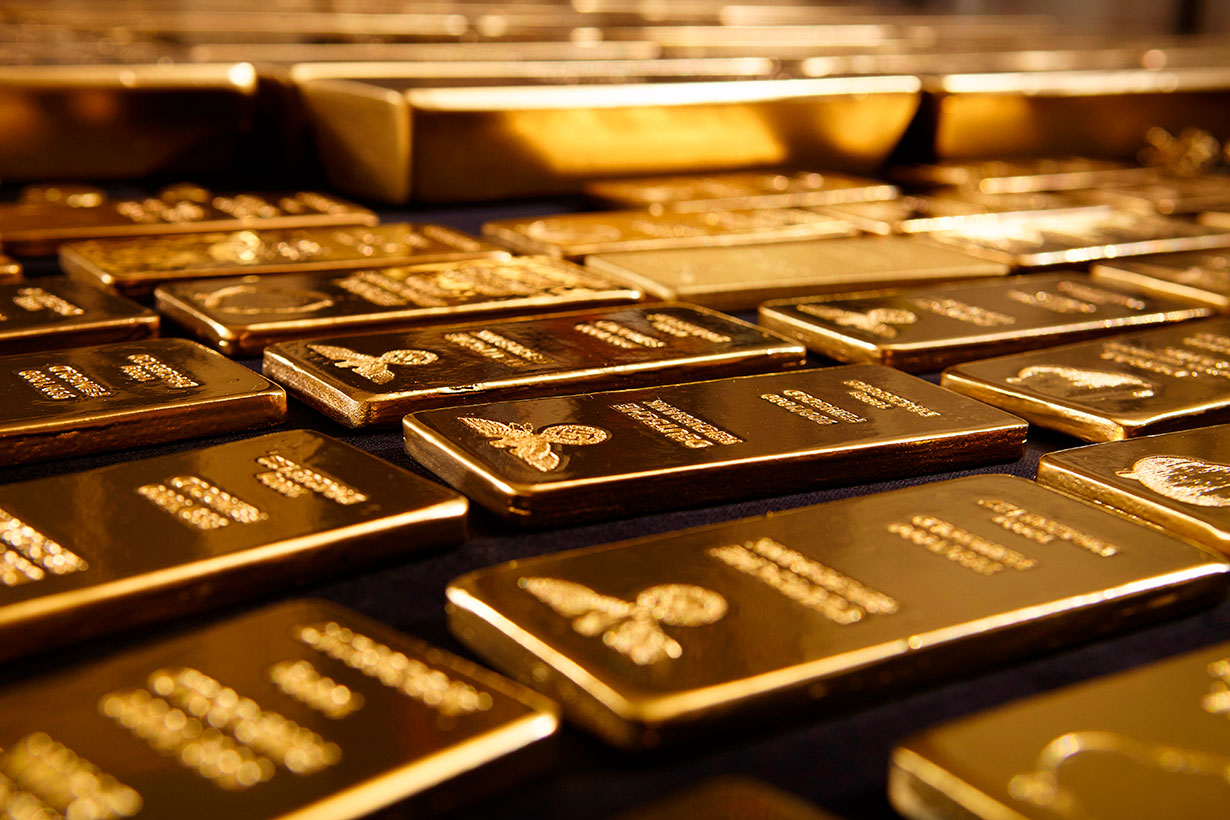CLOSE
About Elements
田中贵金属是贵金属领域的翘楚企业。
支撑社会发展的先进素材和解决方案、
创造了这些的开发故事、技术人员们的心声、以及经营理念和愿景——
Elements是以“探求贵金属的极致”为标语,
为促进实现更加美好的社会和富饶的地球未来传播洞察的网络媒体。

Gold: More Than Just a Precious Metal

Gold. A word that symbolizes wealth, luxury, and affluence. But gold is more than just a symbol; it’s an integral part of the global financial ecosystem. Used as currency, investment, and even in various industries like electronics and dentistry, gold’s influence extends far beyond the realm of luxury. But what really dictates its worth?
The Gold Rate: An Essential Indicator of Value
One crucial measure of gold’s value lies in its rate. The gold rate, or the price of gold, represents the value at which gold is bought and sold on the global market.
The gold rate, also known as the price of gold, refers to the value at which gold is bought and sold in the global market. Gold has long been recognized as a precious metal and a store of value, making it a popular investment choice and a symbol of wealth and luxury. The gold rate is influenced by various factors, including supply and demand dynamics, economic conditions, geopolitical events, and investor sentiment. It is often tracked closely by investors, traders, and individuals interested in purchasing or selling gold. The gold rate can fluctuate daily, reflecting the ever-changing market conditions and factors that impact the precious metal’s value.
The Influencing Factors: What Shapes the Gold Rate?
The price of gold isn’t arbitrary. It’s influenced by a complex interplay of various factors. Among these are supply and demand dynamics. The production of gold from mines and its consumption in various industries or by investors influences its price significantly.
Economic conditions also play a vital role. In times of economic uncertainty or instability, gold is often seen as a ‘safe-haven’ investment. This is because gold typically retains its value over time, even when other assets may be declining in value.
Geopolitical events can also cause significant fluctuations in gold prices. In times of geopolitical tension or uncertainty, the demand for gold often increases, leading to a rise in its price.
Finally, investor sentiment and behavior are crucial. The perceptions and attitudes of investors can heavily influence the demand for gold, and consequently, its price.
Tracking Gold Rate: An Essential Skill for Investors
Understanding and tracking the gold rate is an essential skill for any serious investor. By closely monitoring this rate, investors can make informed decisions about when to buy or sell gold, maximizing their potential profits and minimizing losses.
Leveraging Gold Rate for Investment Success
As an investment asset, gold offers several advantages. Apart from being a safe haven during economic or political uncertainty, it also provides a hedge against inflation. By strategically buying and selling gold based on the fluctuation of its rate, investors can achieve significant profits.
Delving Deeper into Supply and Demand Dynamics
The supply and demand for gold play a significant role in determining its price. Gold supply comes primarily from mining, but it also includes the recycling of used gold and sales from gold reserves held by central banks. On the other hand, demand for gold stems from multiple areas, including jewelry production, technology industries, central bank purchases, and investment.
The balance or imbalance between supply and demand consequently impacts the gold rate. For example, if the demand for gold outpaces its supply, the price of gold tends to increase. Conversely, if gold supply exceeds demand, the price of gold can decline. Monitoring these trends in supply and demand can provide valuable insights into potential changes in the gold rate.
Geopolitical Uncertainty: A Catalyst for Gold Rate Fluctuation
Gold’s status as a safe-haven asset extends beyond economic crises to include periods of geopolitical uncertainty. Whether it’s the threat of war, political instability, or international conflicts, these factors can create uncertainty that drives investors towards the relative safety of gold, pushing up its price.
Investor Sentiment and Gold Rate
Investor sentiment is a somewhat less tangible but equally important factor influencing the gold rate. Perceptions and attitudes towards the global economic and political environment can heavily sway investor behavior. For example, widespread optimism can lead to decreased demand for gold, while pessimism or fear can result in increased demand.
Moreover, investors often look at the opportunity cost of holding gold – if interest rates are high, investors might move away from non-interest bearing assets like gold towards interest-bearing ones. Therefore, interest rates and expectations about future interest rates play a significant role in influencing the gold rate.
Conclusion: The Gold Rate as a Key Financial Indicator
The gold rate serves as more than just a marker of the price of a precious metal. It is a reflection of global economic health, geopolitical stability, and investor sentiment. Understanding and tracking the gold rate can provide valuable insights, not just for potential gold investors, but for anyone interested in understanding the global economic landscape. As we continue to navigate an increasingly complex financial world, tools like the gold rate will remain indispensable in informing and guiding our financial decisions.
This article was written by Henry Smith from TechBullion and was legally licensed through the Industry Dive Content Marketplace. Please direct all licensing questions to legal@industrydive.com.
![]()







